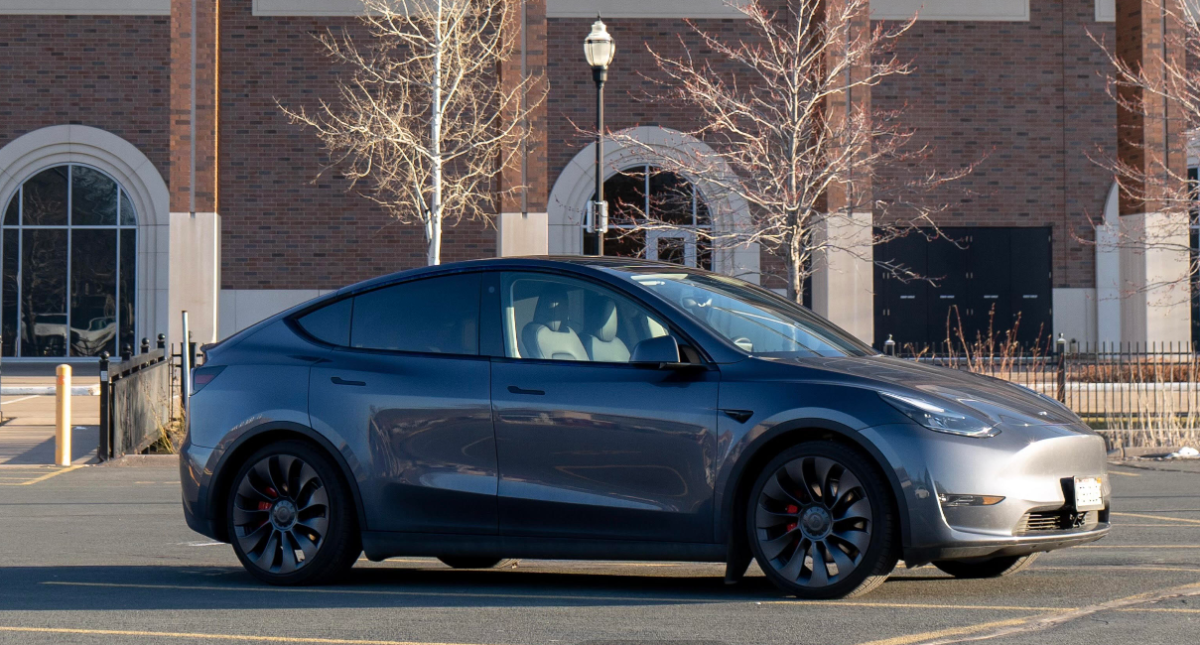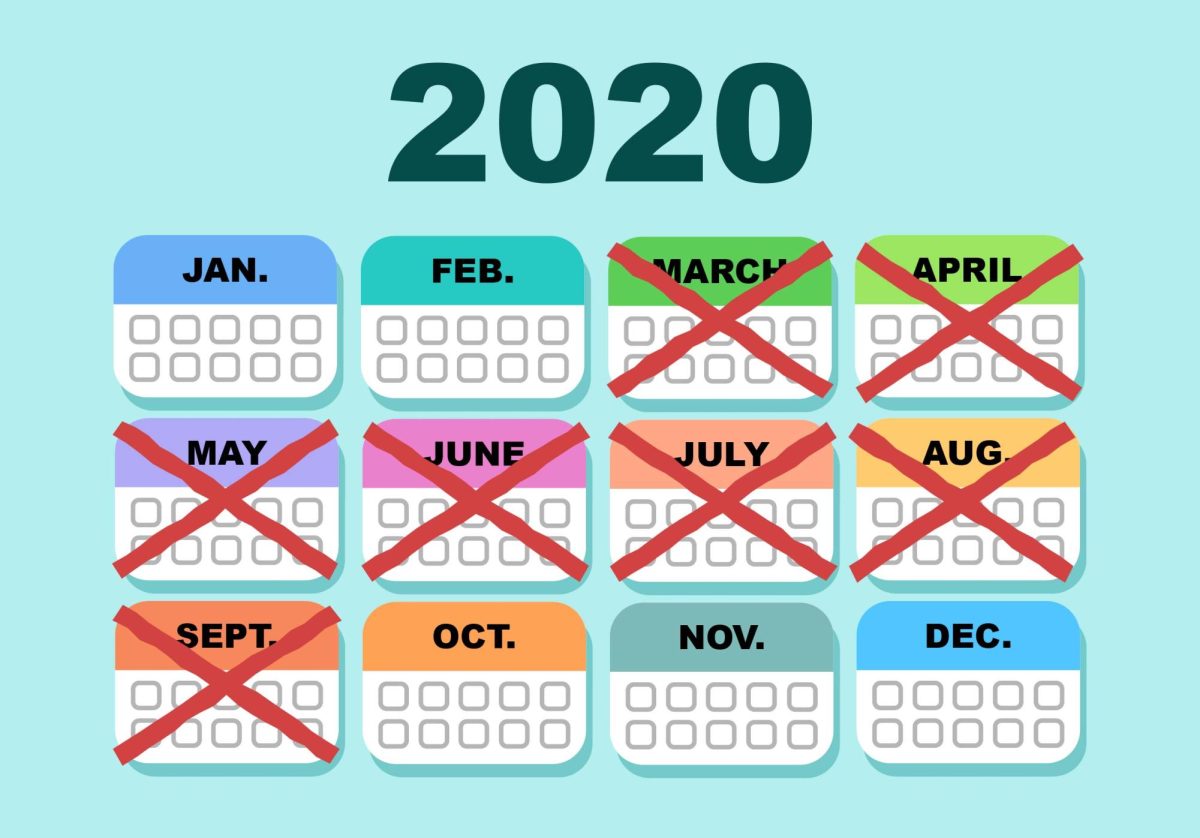I love being around my family, but, perhaps like the other out-of-state students, I really don’t love the transit options for getting back home. On the off-chance that someone’s going where I am, at the right time and with enough room, I’ll happily contribute gas money to bum a ride. But the way it always seems to go is a couple hundred dollars for a flight or an ages-long Amtrak ride.
Don’t get me wrong, flights are convenient. They’re fast and fun, and sometimes you score something duty-free. But especially if you’re buying last-minute, they can cost an arm and a leg. Furthermore, the amount of pollution a commercial jet emits in one flight is shocking. For example, flying round-trip New York to San Francisco stamps 0.9 metric tons of a carbon footprint per passenger, or about 20 percent of the average annual car emission. Flights account for around 11 percent of all American transportation emissions and 3 percent of total American emissions. Especially considering the accelerating increase the industry expects, these statistics are chilling. Or perhaps the opposite.
The other cross-country option is rail, and my goodness gracious, I don’t want to spend nine hours in one seat to go a couple states over. In terms of carbon contribution, train emissions are roughly half of what they are per capita in planes. For passengers, trains are much more space-efficient. And if the entire continent of Europe can be so in love with its rail, there’s got to be something over there that they have and we don’t.
Most of what that missing piece is, I’d wager, is high-speed rail. Amtrak’s Northeast Corridor line, or NEC, runs from Washington, D.C. to Boston and is introducing its Acela fleet. The Acela trainset is essentially the top tier we have here in the U.S., reaching 150 miles per hour, which brings the 457 miles D.C. to Boston down to 7 hours. European trains, on the other hand, reach 350 kilometers per hour, or approximately 220 mph. That makes a big difference. The train from Brussels to London used to take 4 hours 52 minutes, and with high-speed rail, it’s been cut down to a little less than two hours. At that rate, my 9-hour train ride would be 5 hours and 34 minutes. That’s faster than driving. If Amtrak did this, they’d make a lot of my money.
This kind of thing isn’t entirely out of reach. In 2010, Wisconsin Gov. Scott Walker refused $810 million from the 2009 stimulus package under the Obama administration, which in total offered $10.1 billion for nationwide high-speed-rail investment. Even though the money was for rail, Walker proposed to use it for roads instead. But, as the University of Minnesota’s Student Services Fee application process teaches us, you can’t do that. So even though Wisconsin taxpayers contributed $42 million to two sets of high-speed trainsets, they never saw them come to fruition.
Refusing those rail lines doesn’t make sense to me. The Wisconsin rail grant was for a Madison-to-Milwaukee line, which would ease traffic, increase tourism, improve travel and more. High-speed rail would be valuable all around the country. Demand has driven the NEC high-speed track, which is now well on its way. And as the traveling population grows, investment in energy-, passenger-, and time-efficient rail should be a top transit priority. Yes, even if it means auto producers make fewer cars.













